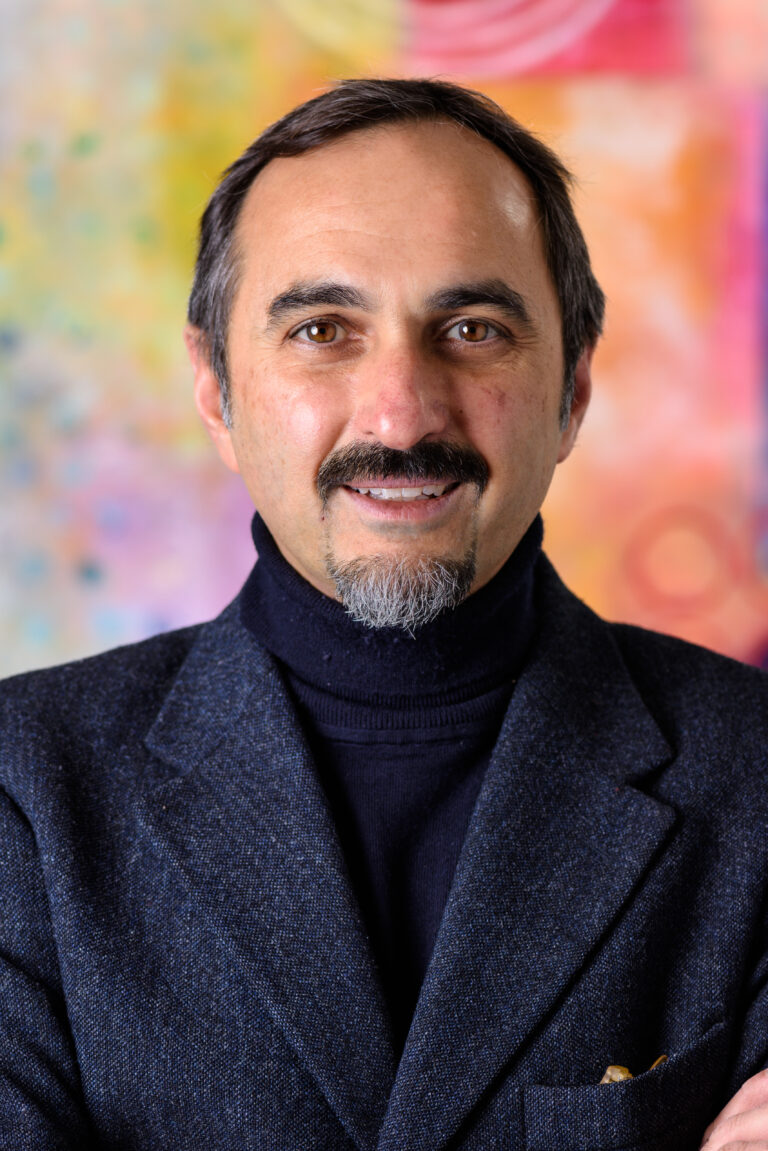Trends
Design is an “undisciplined” discipline. It is difficult to find anything linear about a designer’s way of thinking. For anyone who operates in a scientific, systematic, and structured way, a designer’s approach may appear almost chaotic and erratic. Yet in the processes that lead to innovation, designers often add indispensable value.
Designers work by constantly crossing the boundaries of disciplines, collecting ideas and solutions from any kind of source, borrowing methods and tools that belong to other practices. They look everywhere and endlessly broaden their horizons until they join the dots and combine the technological and cultural components they have found to achieve something that has never been done before, or to do it differently. Because of this process that is open to any and every detour, with the limitations of available time and resources, there is a risk of opening up too many avenues simultaneously without knowing if it will be possible to follow them all the way to the end or if they will be truly, strictly useful. It’s a constant balance between an expected, necessary complexity and a problematic chaos of production.
It seems as if, to produce innovation, designers must draw from a range of sources that lead them to cultivate a cognitive surplus far beyond the minimum necessary to carry out the tasks that they choose (or that are assigned to them) on each occasion. One could certainly try to pursue an objective of optimization and efficiency, but it would be difficult to state this goal without laughing: knowing designers and the design process, constantly poised between excess and constraints, it would seem an almost paradoxical objective. Or perhaps it would just be a different type of optimization – the scientific or managerial kind.
It’s a constant balance between an expected, necessary complexity and a problematic chaos of production.
This is why Northeastern University’s Center for Design agreed to be part of a research proposal funded by the National Science Foundation, with the goal of exploring how artificial intelligence can enhance and boost design processes. The research center led by me, together with Northeastern’s business and engineering schools and the University of Michigan’s computer science department, are collaborating in a truly interdisciplinary fashion to achieve the ambitious objectives of this project. In parallel, we have launched a startup that seeks to leverage whatever the research finds, verifying its potential impact at the level of production organizations.
Artificial intelligence is revealing itself to be very useful in broadening the sphere of potential options for designers while also managing these options more efficiently. We have verified how text summarization and clustering features are proving crucial in this regard, particularly in identifying the latent needs of users.
The research that we have launched allows us to explore the ways in which artificial intelligence can boost designers’ work capacity throughout the entire chain, particularly by reading online user reviews and collecting the most strategic information, generating new concepts in response to emerging and latent requirements, and even suggesting genuinely novel concepts. The testing started with the world of sneaker design: a product that is both cultural and technical, with a significant social impact.
We are verifying how, in the initial phases of the design process – understanding the user and the possible design scope, for example – artificial intelligence can make an important contribution, while it is weaker when it comes to generating new concepts or new forms. Algorithms and models are trained on the past, so they struggle to look ahead in the way that design does; they have no imagination (or images) for the sneakers of the future.

To overcome this intrinsic limit, we trained artificial intelligence models with two levels of specific knowledge. Firstly, the way in which designers work is observed to find common patterns, which are then codified and transferred to the algorithm that must interpret the input data.
The second level is domain knowledge: what are sneakers, and what are their major constituent elements and aspects? In short, we teach the model how a designer thinks when designing for the specific domain of sneakers, and also what a sneaker is.
Following the training, the model then reads a mass of information emerging from the reviews of clients who are buying or rating that product. This covers the whole spectrum from “sneakerhead” aficionados to mere consumers, who comment on how the shoes gifted to friends have been received. Having done this, the artificial intelligence is then capable (among other things) of helping to assess the ideas that designers put forward for testing, offering initial feedback on concept prototypes.
In the initial phases of the design process artificial intelligence can make an important contribution, while it is weaker when it comes to generating new concepts or new forms. Algorithms and models are trained on the past, so they struggle to look ahead in the way that design does: they have no imagination.
The spinoff that we founded based on the research work is called ADA and is currently seeking funding to scale up its solution industrially. The solution was developed to help designers know more things in less time and to assess ideas more systematically.
As part of this process, it is fundamental to identify the potential biases that this way of working with data from the web can introduce in the design process. We must clearly identify the value of this solution without relying on it unquestioningly. Designers continue to carry out their research and explore their avenues for innovation. With this system, they can have a breadth of perspectives that they could otherwise not even begin to imagine exploring. However, the tool cannot replace designers’ sense of responsibility and creativity. They are called upon to produce meaning through a specific product, leaving behind any simulation and fully engaging with the complexity of the relationships between humans, society, and the universe of things.
Designers always and inevitably deal with projects of a sociotechnical nature, bringing together the available technological knowledge, leveraging the knowledge of users, and activating a flow of knowledge that is in the end entirely human, and in which the machine is a facilitator and a tool – nothing more. Technology, algorithms, and models are nowhere else other than society: they sit fully within society, serving the processes of understanding and modifying reality in which designers play an increasingly central role.

Paolo Ciuccarelli
Director of the Center for Design at Northeastern University
Architect and Communication Designer, Paolo Ciuccarelli is a Professor of Design and is the founding director of the Center for Design at Northeastern University in Boston as well as the DensityDesign Research Lab at the Politecnico di Milano. He collaborates with The Visual Agency in Milan and is a Senior Affiliate of Harvard metaLAB.
